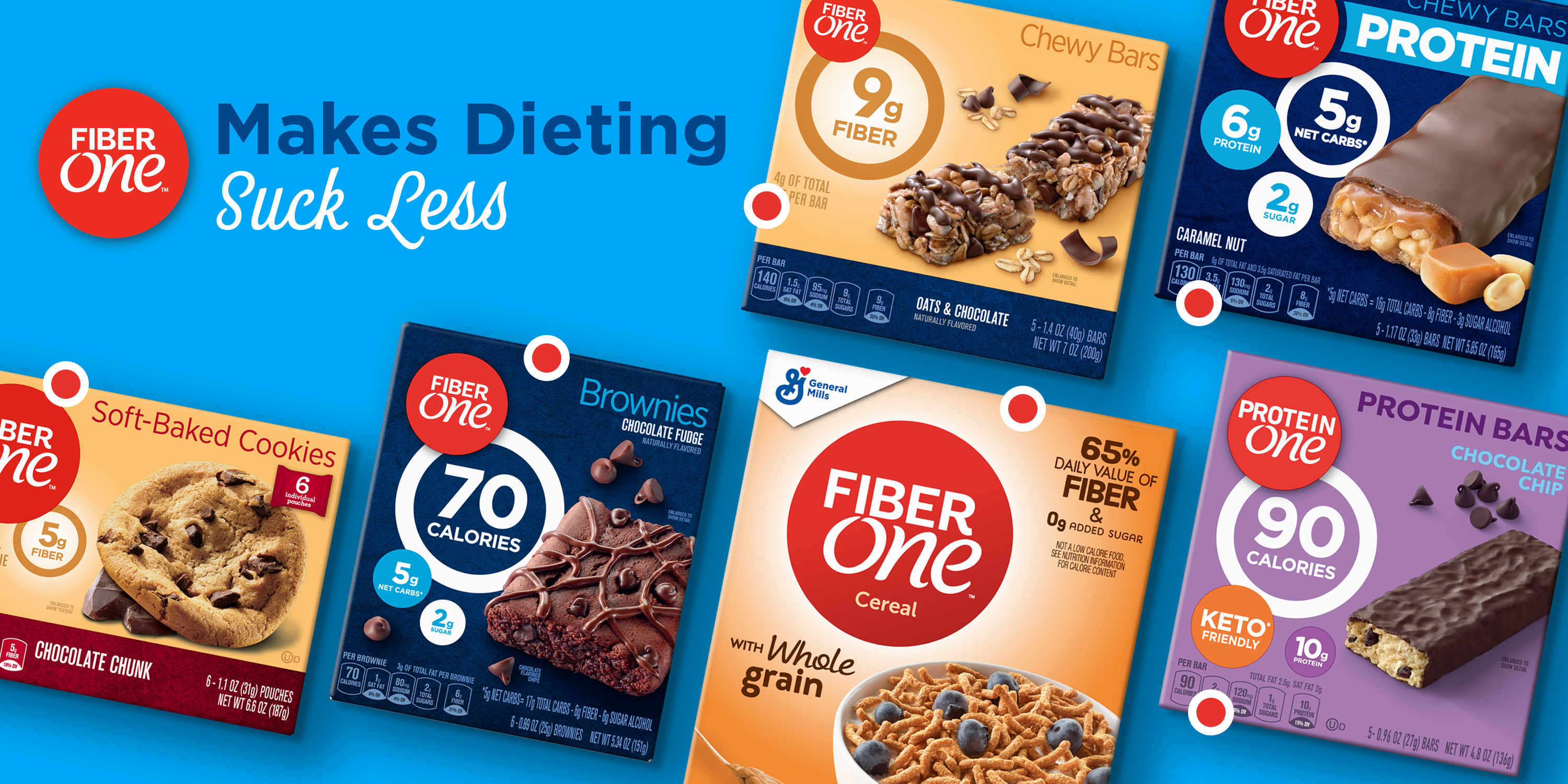
Fiber One bars are a popular snack choice for individuals looking for a tasty, convenient way to boost their daily fiber intake. Touted for their health benefits, these bars have become a staple in many households. But what exactly is behind the shiny packaging of Fiber One bars? This article explores 10 Fiber One nutrition facts that will help you better understand what goes into these fiber-rich treats.
High in Dietary Fiber
As the name suggests, Fiber One bars are packed with dietary fiber. Just one bar can provide up to 9 grams of fiber, which is approximately 35% of the recommended daily intake for adults. This makes them a handy option for those looking to increase their fiber intake.
Contains Soluble and Insoluble Fiber
Fiber One bars contain both soluble and insoluble fiber. Soluble fiber can help lower blood cholesterol and glucose levels, while insoluble fiber can help food move through your digestive system, promoting regularity and helping to prevent constipation.
Calorie Content
Despite being high in fiber, Fiber One bars are relatively low in calories. A typical bar contains between 90 to 150 calories, depending on the flavor. This makes them a decent snack choice if you’re watching your caloric intake.
Sugar Content
It’s important to note that while Fiber One bars are rich in fiber and low in calories, they do contain a fair amount of sugar. Some flavors contain up to 10 grams of sugar. It’s always a good idea to check the label if you’re watching your sugar intake.
Source of Whole Grains
Fiber One bars are made with whole grains. Whole grains are a great source of many key nutrients, as they provide fiber, B vitamins, and minerals such as iron and magnesium.

Variety of Flavors
One of the appealing aspects of Fiber One bars is the variety of flavors available. From Oats and Chocolate to Lemon and Cinnamon Coffee Cake, there’s a flavor to suit everyone’s taste buds.
Contains Added Vitamins and Minerals
Fiber One bars are fortified with added vitamins and minerals, including calcium and Vitamin D. This fortification can help supplement your diet, especially if you’re not getting enough of these nutrients from other sources.
Low in Saturated Fat
Fiber One bars are relatively low in saturated fat, with most bars containing 1 gram or less per serving. Reducing saturated fat intake can help lower your risk of heart disease.
Presence of Artificial Sweeteners
Some Fiber One bars use artificial sweeteners like maltitol and erythritol to keep its sugar content down. If you’re sensitive to artificial sweeteners, you might want to be cautious when enjoying these bars.
It’s Still a Processed Food
Despite their healthful image, it’s important to remember that Fiber One bars are processed food. While they can be a part of a balanced diet, they shouldn’t replace whole foods as your primary source of nutrition.
Final Word
Fiber One bars offer an easy and tasty way to boost your fiber intake, and their low-calorie profile makes them a convenient snack. However, like with any processed food, it’s important to consume them in moderation and as part of a balanced diet. Always remember to check the nutrition label to make sure it aligns with your dietary needs and goals. After all, making informed decisions about what we put into our bodies is one of the most empowering aspects of nutrition.
Was this page helpful?
Our commitment to delivering trustworthy and engaging content is at the heart of what we do. Each fact on our site is contributed by real users like you, bringing a wealth of diverse insights and information. To ensure the highest standards of accuracy and reliability, our dedicated editors meticulously review each submission. This process guarantees that the facts we share are not only fascinating but also credible. Trust in our commitment to quality and authenticity as you explore and learn with us.
